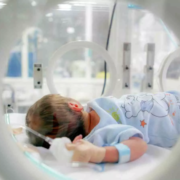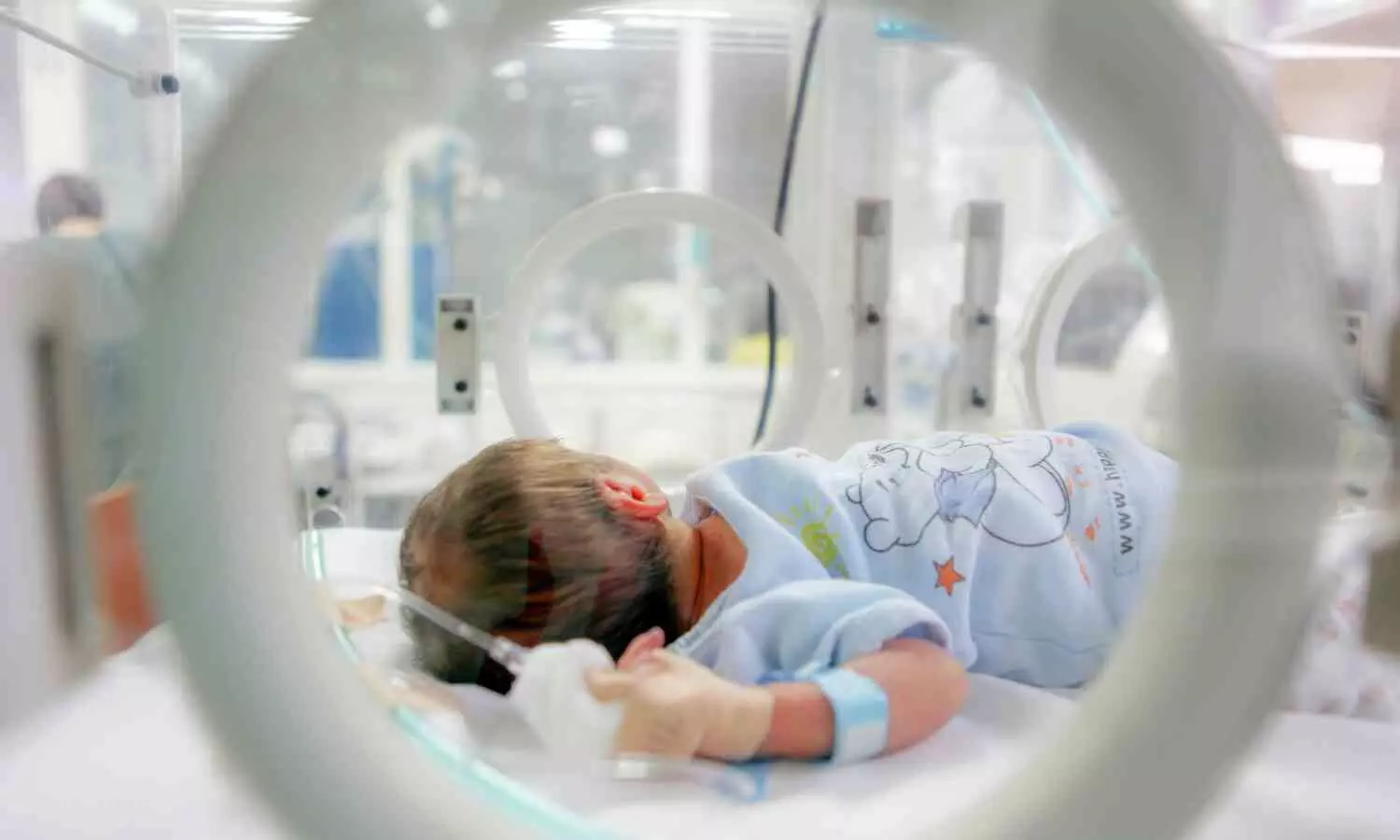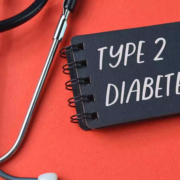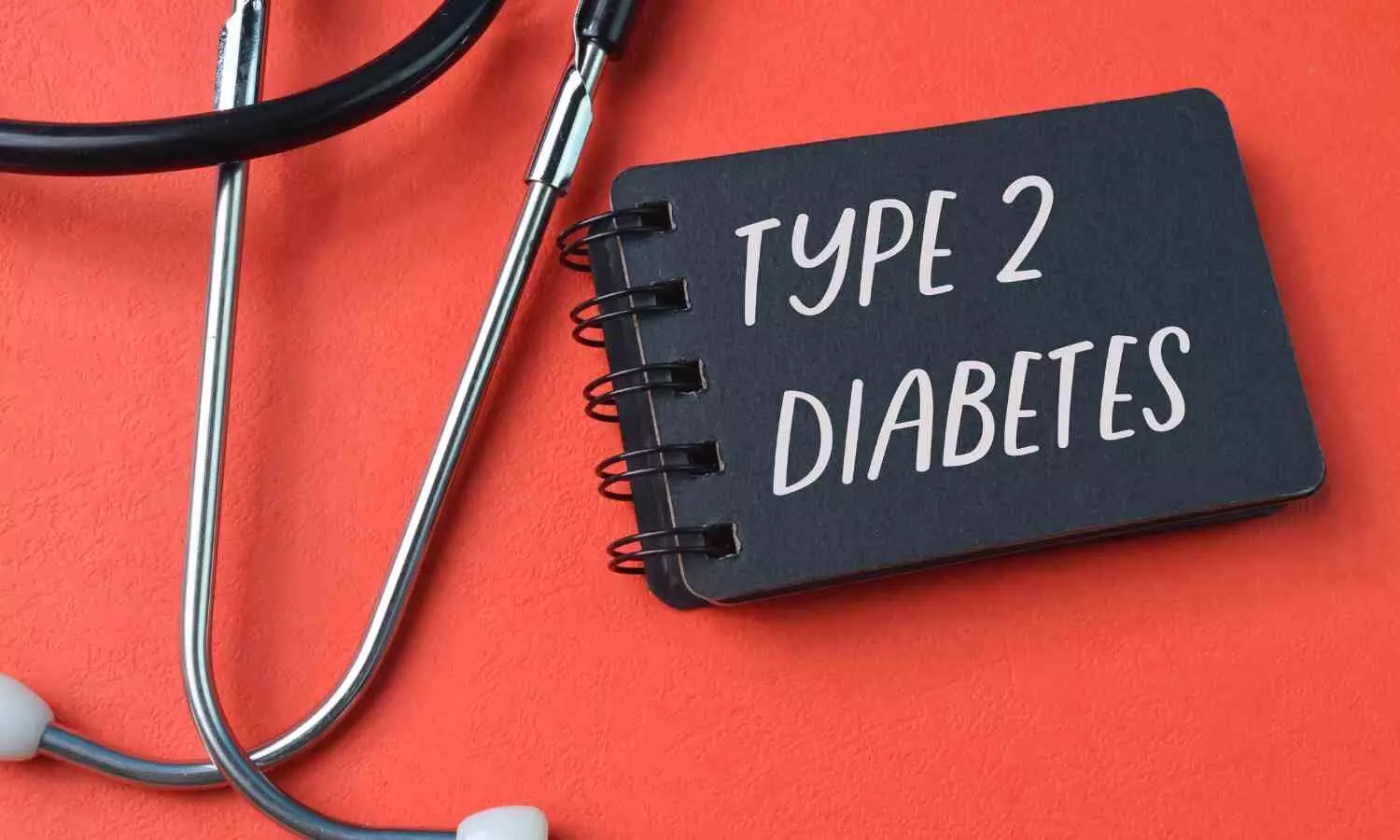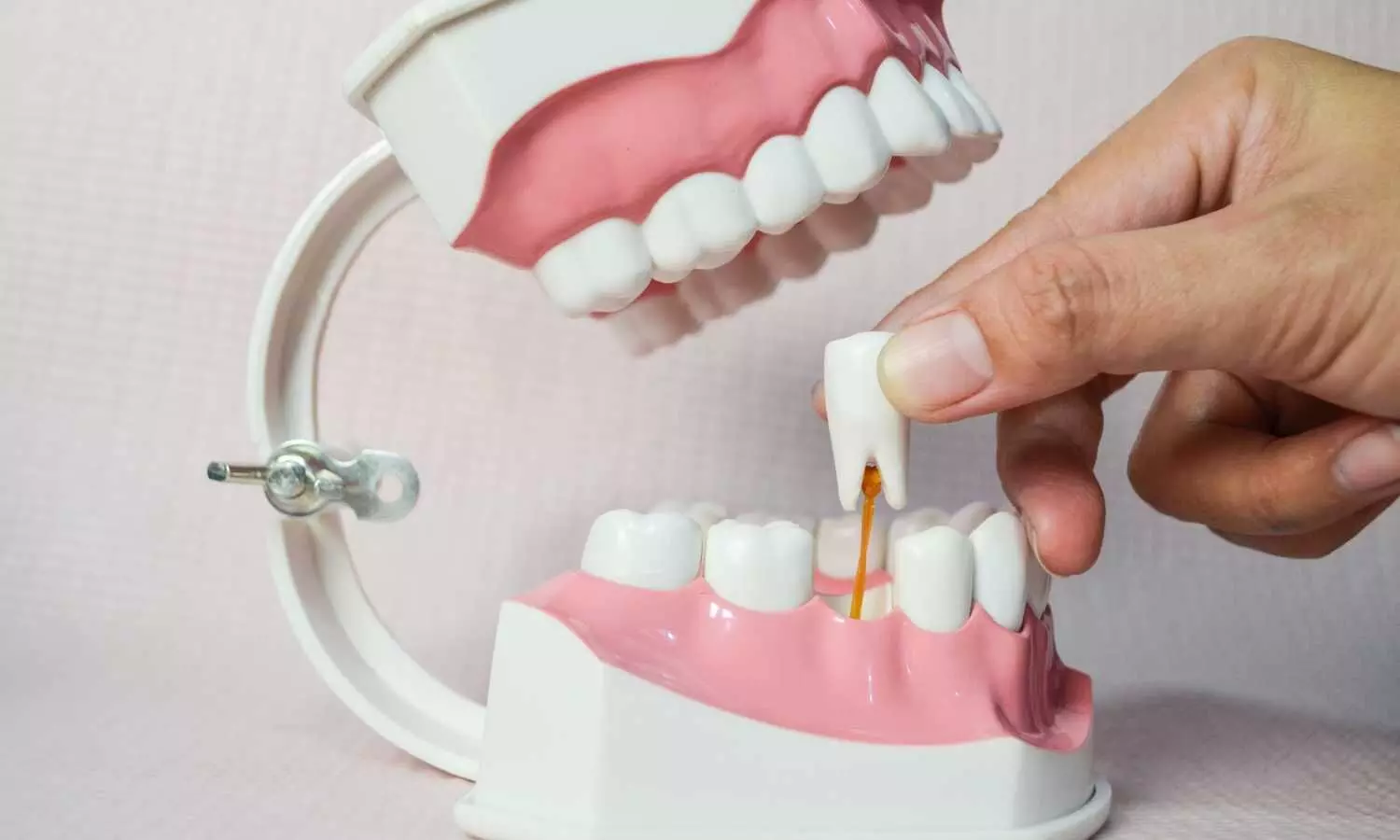Cognitive Functional Therapy Provides Lasting Relief for Chronic Lower Back Pain, suggests study
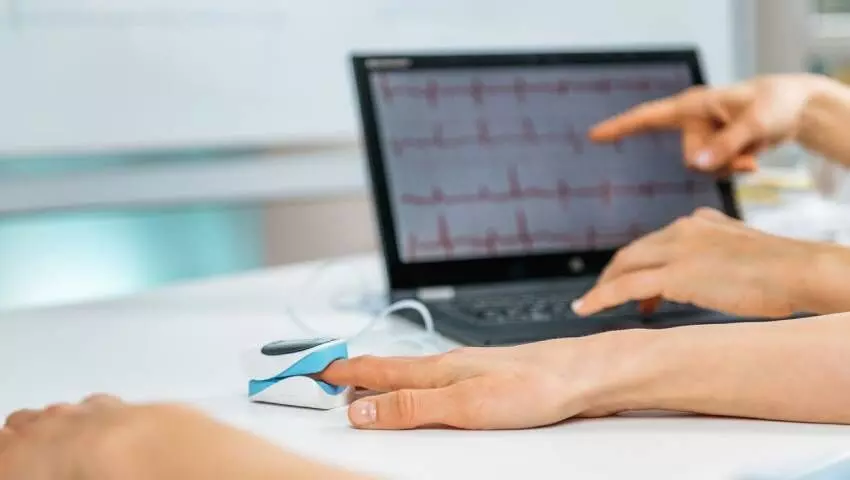
A new study published in the journal of The Lancet showed that chronic low back pain can be permanently relieved with cognitive functional therapy.
Targeting unhelpful pain-related thoughts, feelings, and behaviors that lead to pain and impairment, cognitive functional therapy (CFT) is an individualized method.
Biofeedback via movement sensors may improve the effectiveness of therapy. For patients with persistent, incapacitating low back pain, this study sought to evaluate the cost-effectiveness and efficacy of CFT, administered with or without movement sensor biofeedback, with standard therapy.
20 primary care physiotherapy clinics in Australia participated in the phase 3 study RESTORE, which was randomized, controlled, three-arm, parallel group. This study looked for people (≥18 years old) who had at least significant pain-related physical activity restriction and low back discomfort that had persisted for more than three months.
Serious spinal, any medical condition that prevented physical activity, pregnancy or childbirth within the last three months, having a skin allergy to hypoallergenic tape adhesives, having surgery within three months, or not wanting to travel to trial sites were all reasons for exclusion.
Through a centralized adaptable schedule, participants were randomized (1:1:1) to receive normal treatment, CFT alone, or CFT with biofeedback. Using the Roland Morris Disability Questionnaire, which has 24 points, participants self-reported activity restriction at 13 weeks, which was the main clinical outcome. The quality-adjusted life-years (QALYs) were the main economic result.
Thus, to determine eligibility, this work evaluated 1011 patients between October 23, 2018, and August 3, 2020.
This research randomly allocated 492 (48·7%) participants; 164 (33%) were randomized to CFT alone, 163 (33%) to CFT with biofeedback, and 165 (34%) to usual care. For activity restriction at 13 weeks (the primary endpoint), both treatments were superior to standard care (CFT only mean difference –4·6 [95% CI –5·9 to –3·4] and CFT plus biofeedback mean difference –4·6 [–5·8 to –3·3]).
At 52 weeks, effect sizes were comparable. In addition, both treatments were significantly less expensive in terms of societal costs (direct and indirect expenses as well as productivity losses; –AU$5276 [–10 529 to –24] and –8211 [–12 923 to –3500]) and more effective than standard care for QALYs.
Overall, for those with persistent, incapacitating low back pain, CFT can result in significant and long-lasting benefits at a far lower cost to society than standard therapy.
Reference:
Kent, P., Haines, T., O’Sullivan, P., Smith, A., Campbell, A., Schutze, R., Attwell, S., Caneiro, J. P., Laird, R., O’Sullivan, K., McGregor, A., Hartvigsen, J., Lee, D.-C. A., Vickery, A., Hancock, M., & RESTORE trial team. (2023). Cognitive functional therapy with or without movement sensor biofeedback versus usual care for chronic, disabling low back pain (RESTORE): a randomised, controlled, three-arm, parallel group, phase 3, clinical trial. Lancet, 401(10391), 1866–1877. https://doi.org/10.1016/S0140-6736(23)00441-5
Powered by WPeMatico


